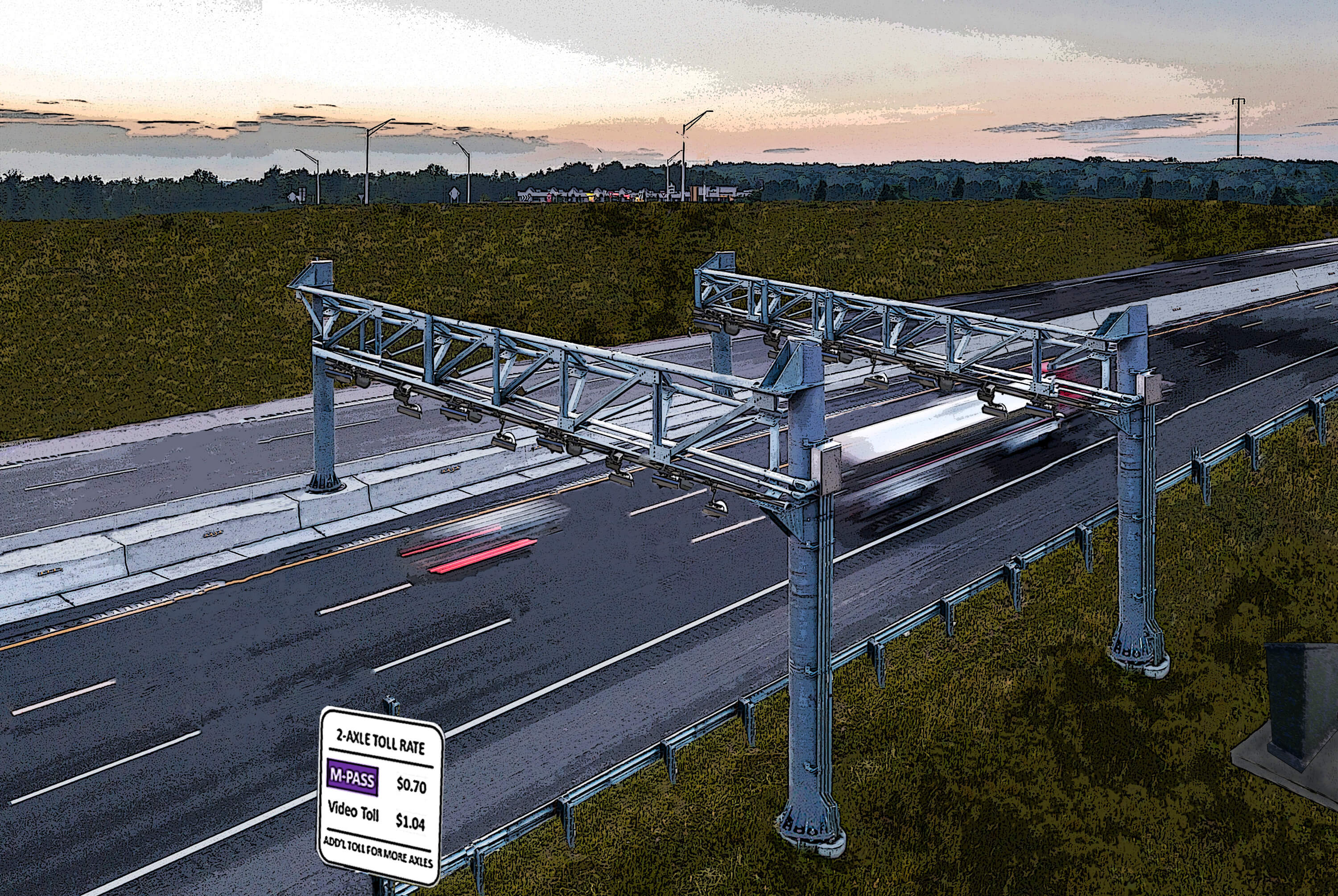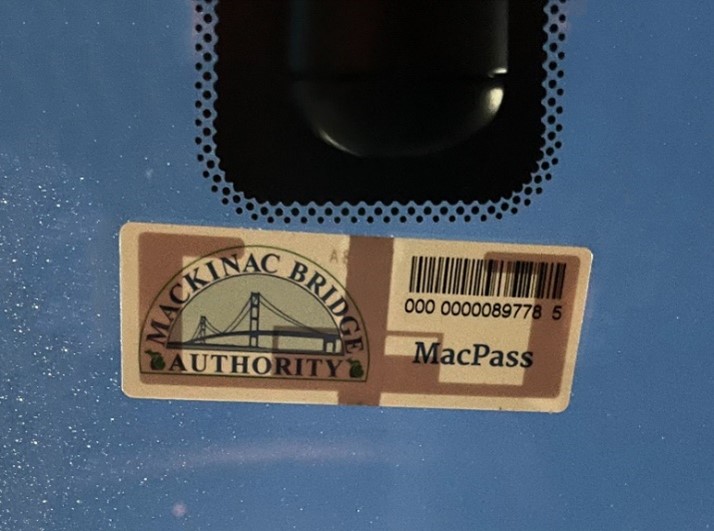FAQ
Frequently Asked Questions
Michigan Tolling Feasibility Analysis and Implementation Plan
The Feasibility Analysis resulted in a 1,156-mile feasible and financially viable. Nearly 550 miles were determined to be viable for near-term implementation and were analyzed in more detail in the Strategic Implementation Plan. The nearly 550 miles are made up of parts or all of I-69, I-75, I-94, I-196, I-275, I-696, and M-14.

Payment would be collected through a transponder device that, upon receiving a signal, emits a different signal in response. In tolling, a transponder is the electrical device in a toll pass that triggers payment of the toll while the vehicle maintains roadway speed. A transponder is obtained upon enrolling in a toll payment program and is most commonly attached to the windshield of the vehicle. Vehicles that do not have a transponder would have a bill mailed to the registered owner of the vehicle through a process called video tolling. Video tolling uses cameras to capture license plate information for those vehicles that do not have a transponder.
The framework to consider equity in transportation project development includes three elements: benefits, burdens, and engagement. For a tolling project, benefits could include things such as mobility improvements that tolling can fund. On the other hand, burdens could include things such as the cost of tolls themselves, or the potential traffic diversion through communities of concern. The study team reviewed equity discounts and programs to offer qualified low-income users a certain number of free or reduced cost tolls and/or free or reduced cost account or transponder fees. The Strategic Implementation Plan outlined a recommendation for Michigan that would:
- Establish a Toll Discount, Mitigation, and Benefit Program Advisory Committee.
- Provide 100 percent discount to low-income users.
- Set aside one percent of gross toll revenue for local community transportation mitigations.
- Set aside 0.5 percent of gross toll revenue for local community non-transportation benefits.
Basic Tolling
Every road needs maintenance and eventual rebuilding, and that costs money. No road is ever fully paid for. A road, just like your home, requires ongoing upkeep and maintenance. With concern about the future viability of current funding due to increasing vehicle fuel efficiency and electric vehicles, tolls may provide a more stable source of revenue for ongoing road maintenance and improvement in certain situations.
No, Michigan currently has no toll roads. But tolls are collected in Michigan at the Blue Water Bridge, Grosse Ile Toll Bridge*, International Bridge, Mackinac Bridge, Detroit-Windsor Tunnel*, and Ambassador Bridge*. As of January 2023, two bridges in Bay City and the Gordie Howe International Bridge are also approved to start tolling within the next few years. The Bay City bridges will utilize high speed All-Electronic Tolling (AET) when they open. AET is an important part of the Michigan Tolling Study.
*Privately owned and/or operated.

The scope of this study is defined by Public Act 140 of 2020 and Public Act 73 of 2022, which require a study of tolling highways in Michigan under current federal regulations. Evaluating other revenue generation models is beyond the scope of the legislation. It is recommended that the results of the Michigan Toll Study be considered in context of other transportation revenue options.
